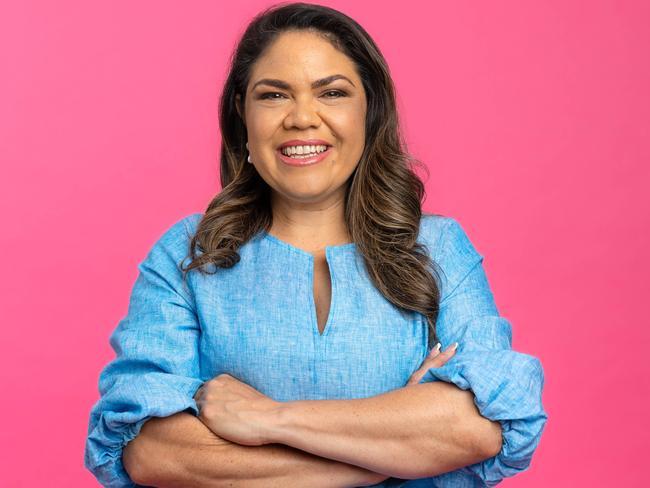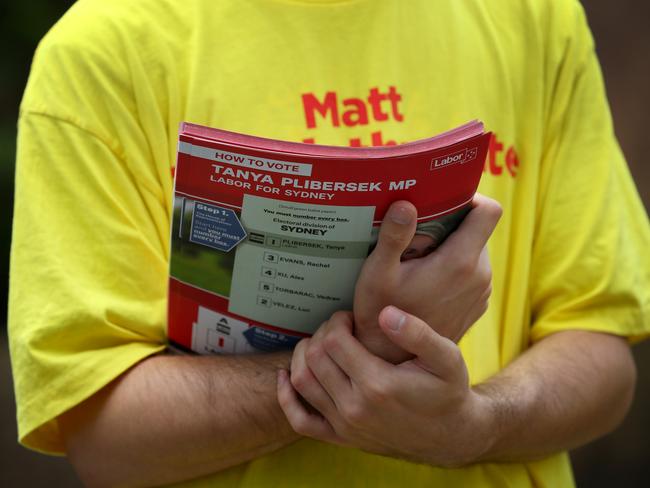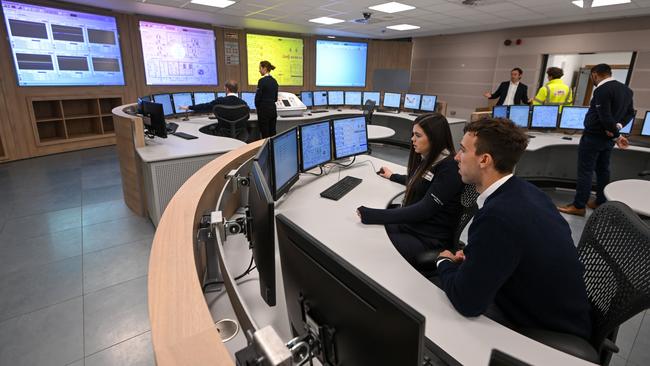Peta Credlin: New leader must lead with judgment and genuine Liberal instincts
The new party leader must have proven good judgment, genuine Liberal instincts and, as is so often forgotten, a leader must be able to lead, writes Peta Credlin.
Opinion
Don't miss out on the headlines from Opinion. Followed categories will be added to My News.
Labor is understandably cock-a-hoop over last weekend’s election triumph. It was a win that few pollsters predicted and it has not only put them back into office, but it’s put almost all of their opponents on the back foot.
We’ve got the Liberals plunged into a leadership battle about the future direction of the party, the Greens have lost seats and their divisive leader Adam Bandt, the Teals have been exposed for the Gucci-Greens they really are, and even the Nationals are hurting with the departure of star Senator Jacinta Nampijinpa Price to the Liberals.
If a week is a long time in politics, this has been one for the history books.
But history has some salutatory lessons for Labor if they let this win go to their heads.
In 2004, John Howard won a third term with a primary vote of 46.71 per cent as well as a rare Senate majority. At the time, “experts” said Labor was out for a generation. And yet, at the next election, Kevin07 struck, the Coalition was beaten in a landslide with Howard famously losing his own seat.

Indeed, for a further bit of perspective, Bill Shorten lost the 2016 election with a primary vote of 34.73 per cent, and yet a primary vote of 34.69 has just bagged his nemesis Anthony Albanese 90 seats and a thumping win.
Two things are worth understanding here. The first is the overall decline in primary vote for the two major parties; and the second, just how much preference flows in Australia determine the result. Just look at the primary vote where the difference between people voting Labor as #1 on their ballot versus the Coalition was just 320,718 voters.
What Labor has excelled at is winning seats where they were not the first choice of voters; primarily through the Greens and, in recent years, a whole lot of fringe parties (like the Legalise Cannabis and Animal Justice parties) that harvest preferences and feed them back to Labor. As they work through the mechanics of this loss, the Liberals must better understand how the system is being used by their opponents on the left and counter it.
But as much as the system doesn’t help the Liberals, they didn’t help themselves either. As the party of economic management, they should have been more than capable of beating a government with such a poor record – two years of falling GDP per person with an 8 per cent decline in average real disposable incomes – and their failure to do so has let our country down.
Former deputy prime minister John Anderson has gone so far as to call it a “betrayal”.

Personally, I’m embarrassed that so many good people were encouraged to put their hands up to be Liberal candidates and to open their wallets to support a national campaign that fizzled into a whimper about next-to-nothing.
So, where to now?
Fundamentally, all the challenges facing this country remain the same today as they were last week. We are living beyond our means, the cost of living crisis is still biting, debt will soon hit $1 trillion for the first time in Australia’s history, all the election bribes now must be paid for with more borrowed money, our economy is sluggish and we’re still running our energy system to reduce emissions rather than produce cheap and reliable power. In the campaign, the PM refused to rule out tax increases so you can bet they are coming, along with separatist treaties with Indigenous groups
The Coalition owes it to the country to learn the lessons of defeat and to do the work that clearly wasn’t done to develop the credible policies that Australians expect from them, at the same time as they work hard to hold the government to account.
As conservatives, we rarely do hope. We think it’s enough to competently manage the economy and to provide for the nation’s security. But voters want a vision for the future. They want a sense of where the country should be going and what their place in it could be – how safe is their job, their suburb and the children’s future.
What the Liberals must avoid now is a death-spiral into irrelevance as the usual suspects demand the party lurch to the left. The party has done that repeatedly at a state level and is in near-permanent opposition in WA, SA, Victoria and NSW.
It just needs to rebuild based on its values – being the party of the “lifters”, as Robert Menzies said, not the “leaners”. All those decrying the Liberal Party as being “too right-wing” are the same people who despise it.
All those who say it must stop fighting the culture wars are the same people who pushed the greatest culture war of all, the Voice.
Indeed, it was Julia Gillard in 2003 who implored Labor to “muscle up for the hard task of winning the culture war and creating a new vision for this nation” so see this for what it is – the Liberal Party’s enemies demanding it put down its weapons and submit.
The same people now demanding it drop its support for nuclear power. How can it be “right-wing” to support nuclear energy when it’s enthusiastically backed by the UK Labour government and Tony Blair has recently declared that Net Zero policies are doomed to fail?

What’s “ultra-conservative” about declaring that gender is biological, not socially determined, when that’s just been the unanimous decision of the British Supreme Court? Winning the next election is much less a matter of moving back to the centre than of actually doing the policy work that was so monumentally neglected.
Any sustained Liberal revival has got to include a massive rebuild of the party membership. In both Victoria and NSW, the active party membership is well under 10,000 people, average age close to 70. That’s not because our values have no wider appeal but because party structures are out-of-date and factionalised. A simple thing – meetings don’t welcome debate, are often excruciatingly dull and held at awkward times.
There’s nothing modern on offer to appeal to younger voters that encourages debate and that gives people a say in picking candidates that’s not routinely sidestepped by factional warlords. People disposed to public service in the parliament, with an understanding of Liberal values and history, need to be encouraged to consider becoming candidates. At state and federal level, seatwarmer MPs who aren’t making much public impact must be tapped on the shoulder to drive renewal.


On Tuesday, the party room will elect the new Liberal leader. It’s a race between former deputy Sussan Ley and former shadow treasurer Angus Taylor. Given their seniority under Dutton, both carry baggage from the loss. Having done the slog of Opposition the last time the Liberals were in the wilderness, it’s the toughest job in politics and the loneliest. Therefore, colleagues must be ruthless about their choice based on the new leader’s capacity to unite the team, intellectual ability to do the policy hard yards and retail message skill. The new leader must have proven good judgment and genuine Liberal instincts. It sounds self-evident but so often gets forgotten; a leader must be able to lead, not sit on the fence or hope someone else will decide what to do.
Please, Liberal MPs, choose wisely.
THUMBS UP
Voter rejection of the Greens – including the defeat of Adam Bandt in Melbourne.
THUMBS DOWN
Gender in Politics – How is it that the same left-leaning Liberals are demanding Sussan Ley is elected leader because she’s a woman are the same people angry that Jacinta Nampijinpa Price dares to have leadership ambitions?
Watch Peta on Credlin on Sky News, weeknights at 6pm





